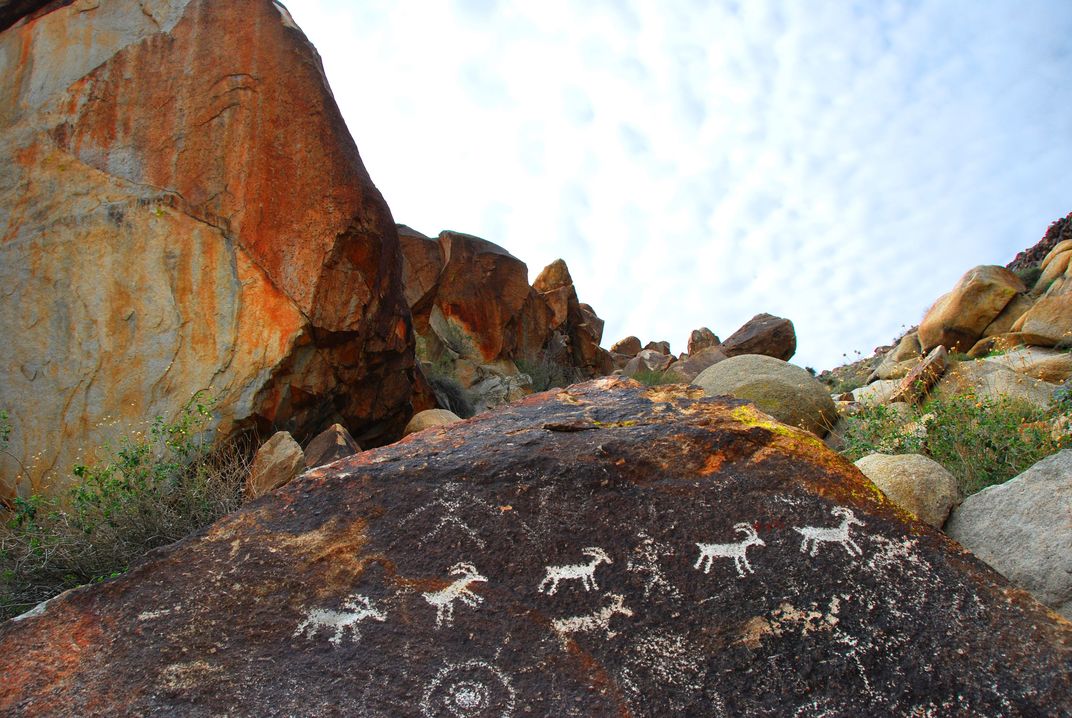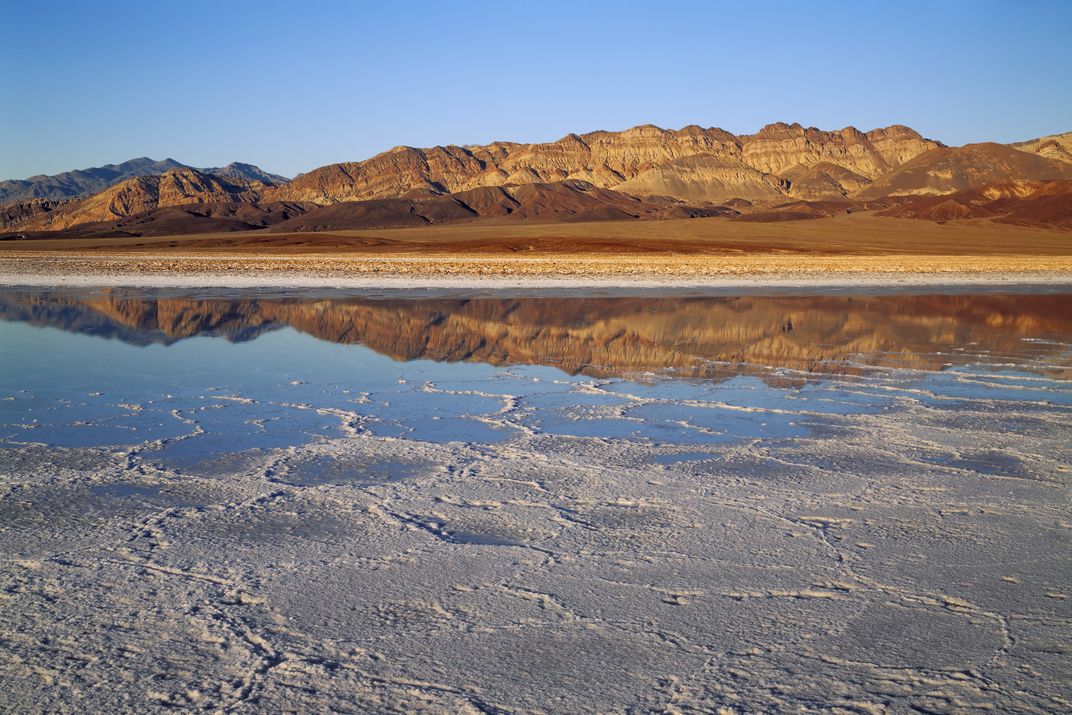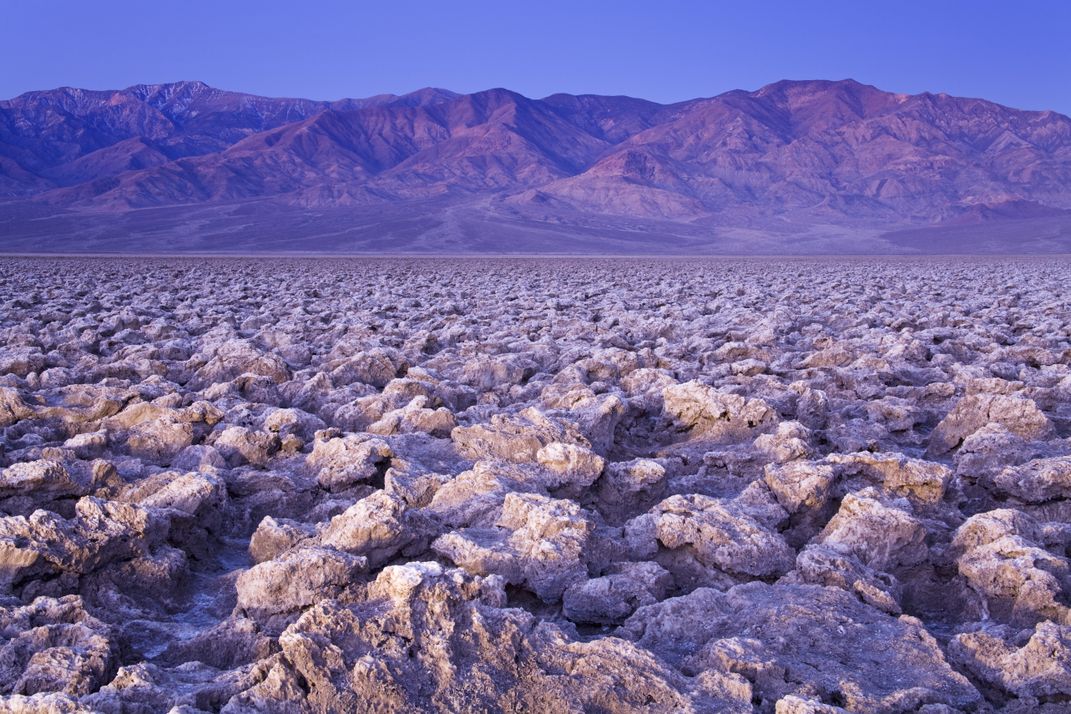Death Valley Wilderness
Vast fields of shimmering sand dunes, nocturnal creatures and extreme temperatures
Location: California, Nevada
Size: 3,102,497 acres
Year Designated: 1994
Fast Fact: Death Valley is at the same time the lowest, driest and hottest place in North America.
In the lower 48 states, there’s no area of designated wilderness larger than Death Valley, which clocks in at over 3 million acres—91 percent of Death Valley National Park is designated as wilderness. It is also the lowest, driest and hottest place in North America. On July 10, 1913, a temperature of 134 degrees was recorded in Death Valley, becoming the hottest temperature ever recorded on Earth. Death Valley’s Badwater Basin sits at 300 feet below sea-level, the lowest point in North America. But there are also parts of Death Valley that reach towering elevations, like Telescope Peak, which rises 11,049 feet above sea-level.
The area receives less than two inches of annual rainfall per year, and average temperatures in July regularly top 110 degrees Fahrenheit. But life manages to survive—and thrive—in the area, with more than 1,000 species of plants taking root in Death Valley. Animals, too, manage to live in the area, though most are active at night, when temperatures cool. Coyotes, grey foxes, jackrabbits and desert tortoises can all be spotted, as can bighorn sheep, who live in the area’s higher elevations. In years when there is enough rain, Death Valley bursts with wildflowers in springtime.
Planning Your Next Trip?
Explore great travel deals
Smithsonian magazine participates in affiliate link advertising programs. If you purchase an item through these links, we receive a commission.




